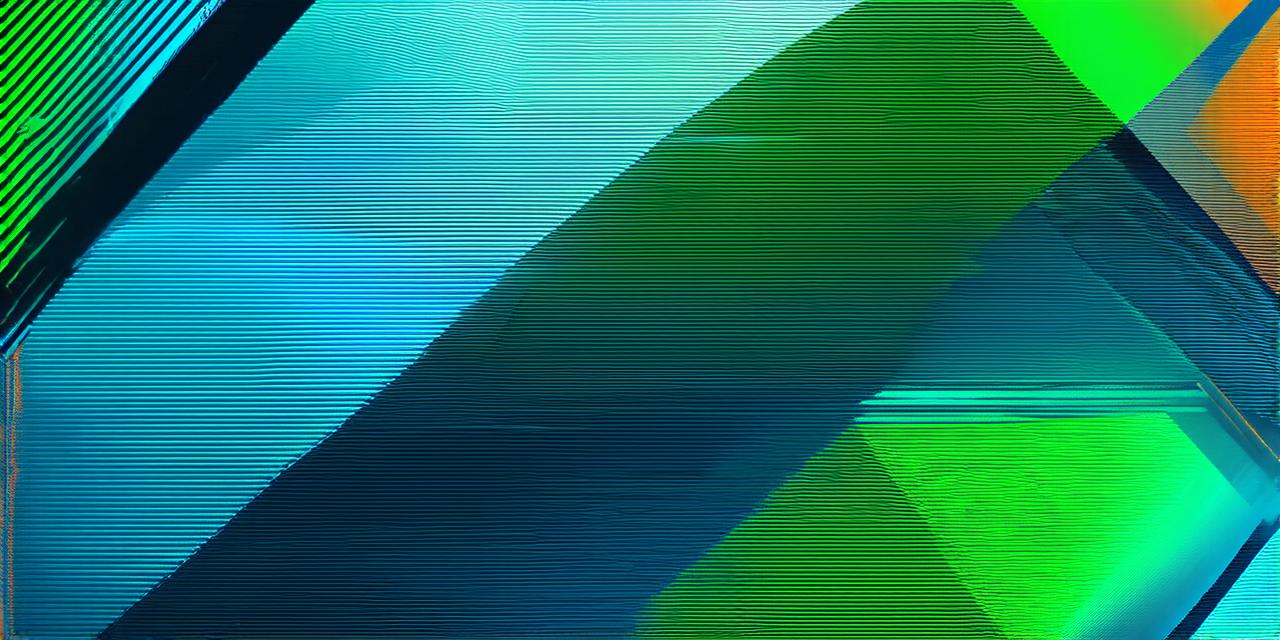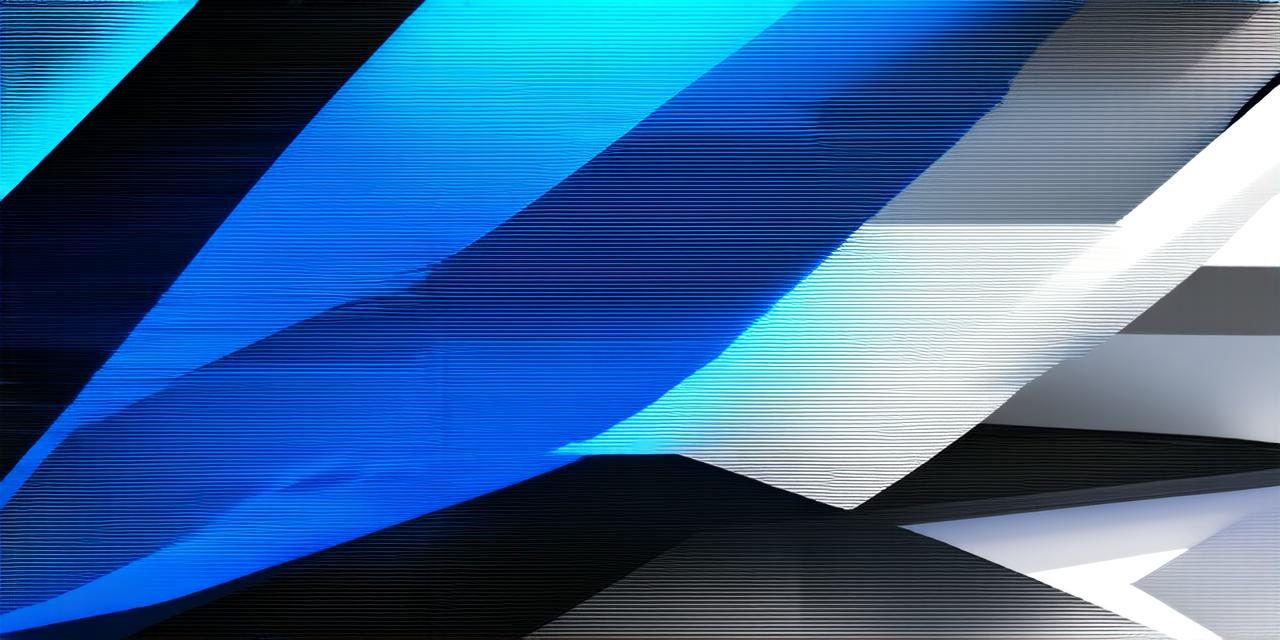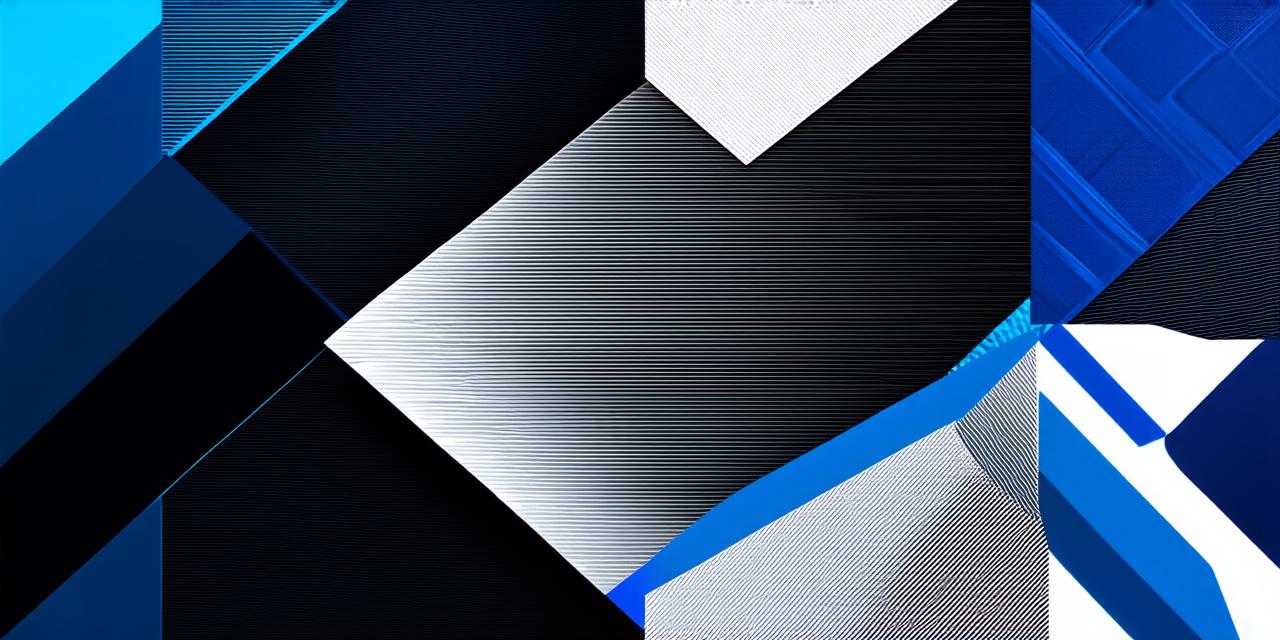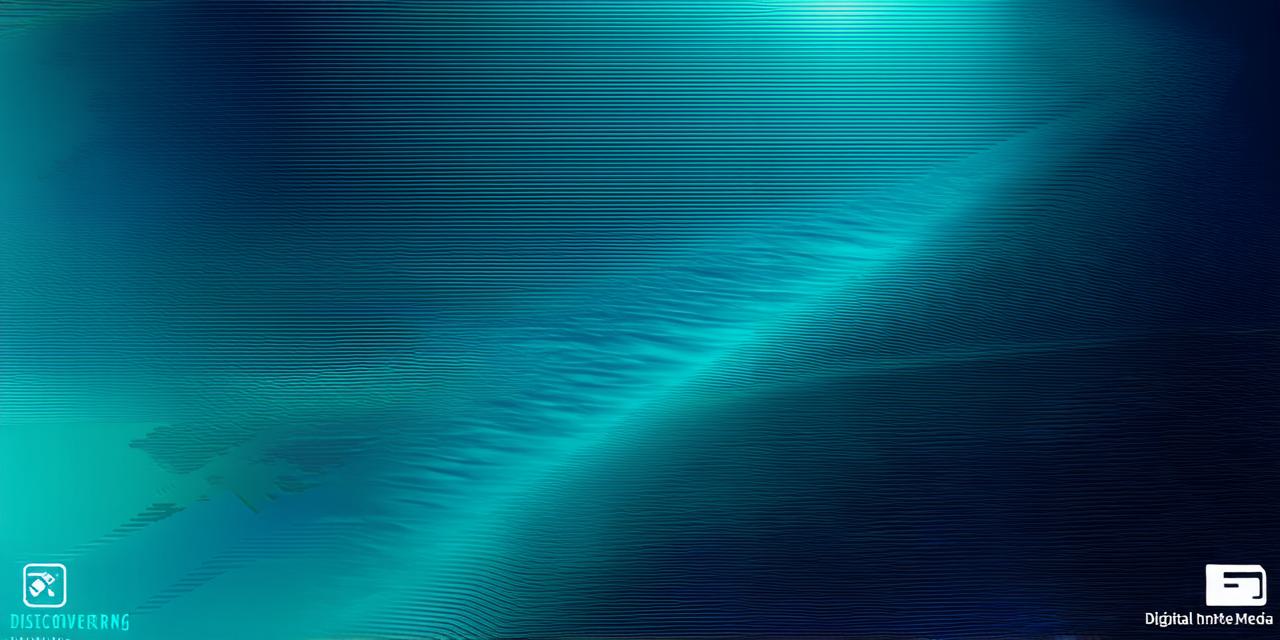Digital art is an exciting field that has grown rapidly in recent years. With advancements in technology and creative software, artists have the ability to create stunning works of art from their computers or mobile devices.
What is Digital Art?
Digital art refers to any form of artwork that is created using digital technology, including computers, mobile devices, and software programs. This can include 2D and 3D graphics, animation, video, and even interactive installations. Digital art has become increasingly popular in recent years due to its ability to be easily shared on social media platforms and its potential for endless creative possibilities.
The Evolution of Digital Art
The history of digital art can be traced back to the early days of computing, when artists began experimenting with the limitations and capabilities of early computer systems. One of the first examples of digital art is ASCII art, which uses simple text characters to create images on a screen. This was particularly popular in the 1980s and 1990s, when many people had access to dial-up internet connections and limited computing power.
In the late 1990s and early 2000s, advancements in graphics technology allowed for more sophisticated forms of digital art. This included the development of software programs like Adobe Photoshop and Illustrator, which allowed artists to create high-quality digital paintings and illustrations. As computing power increased, artists were able to create even more complex and realistic works, including 3D models and animations.
Pioneers in Digital Art
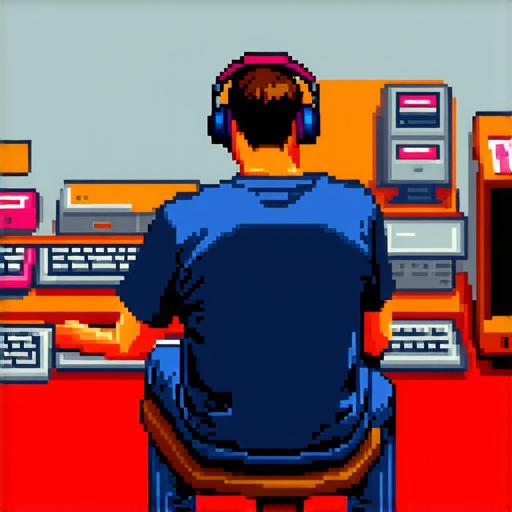
There have been many pioneers in the field of digital art who have made significant contributions to its development. One of the most influential figures is Michael Noll, a German artist who has been creating digital art since the early 1980s. His work often explores the relationship between technology and humanity, and he has created numerous interactive installations and digital sculptures that have captivated audiences around the world.
Another pioneer in digital art is Rafael Lozano-Hemmer, a Mexican artist who has been creating large-scale interactive installations since the 1990s. His work often involves using technology to create immersive experiences for viewers, and he has created numerous installations that have been exhibited at museums and galleries around the world.
Real-Life Examples of Digital Art
There are many real-life examples of digital art that have captured the imagination of people around the world. One of the most well-known is the work of artist David Lu, who creates stunning digital paintings using a combination of traditional painting techniques and computer software. His work often features intricate details and realistic textures, and has been exhibited at numerous galleries and museums.
Another example of digital art is the work of animation studio Pixar, which has created some of the most beloved animated films of all time, including Toy Story and Frozen. These films have captured the hearts of audiences around the world and have inspired countless artists to explore the possibilities of digital art.
FAQs
What is the difference between digital art and traditional art?
Digital art refers to any form of artwork that is created using digital technology, while traditional art is typically created using physical materials such as paint, clay, or stone. The main difference between the two is the medium used to create the artwork.
Can digital art be considered a form of fine art?
Yes, digital art can be considered a form of fine art, just like traditional art. Fine art is defined as art that is created for its own sake and is intended to be appreciated for its aesthetic value, rather than for its practical or commercial value. Digital art fits this definition perfectly, and many artists have achieved recognition and success in the field.
